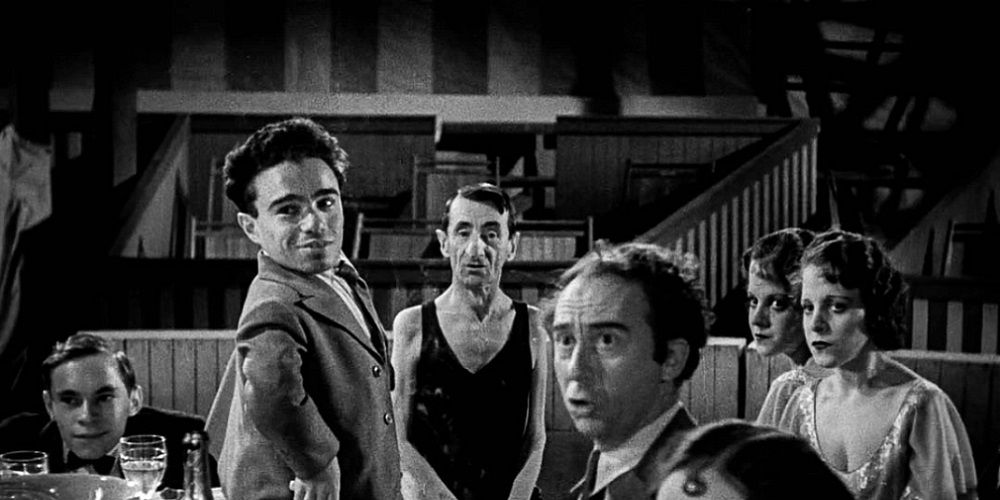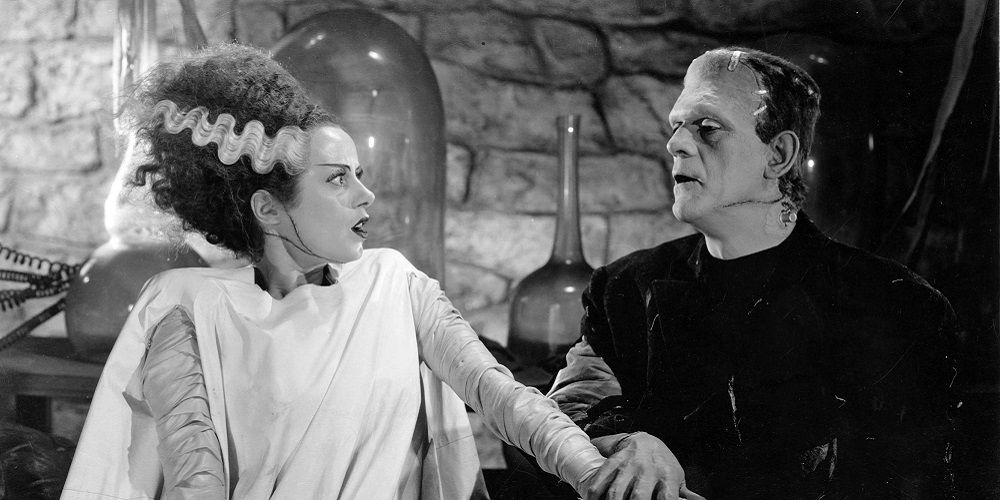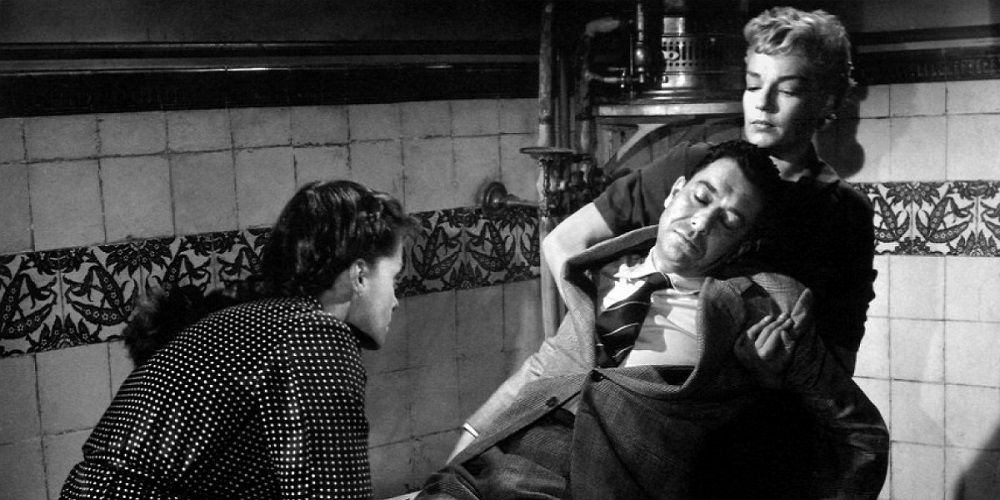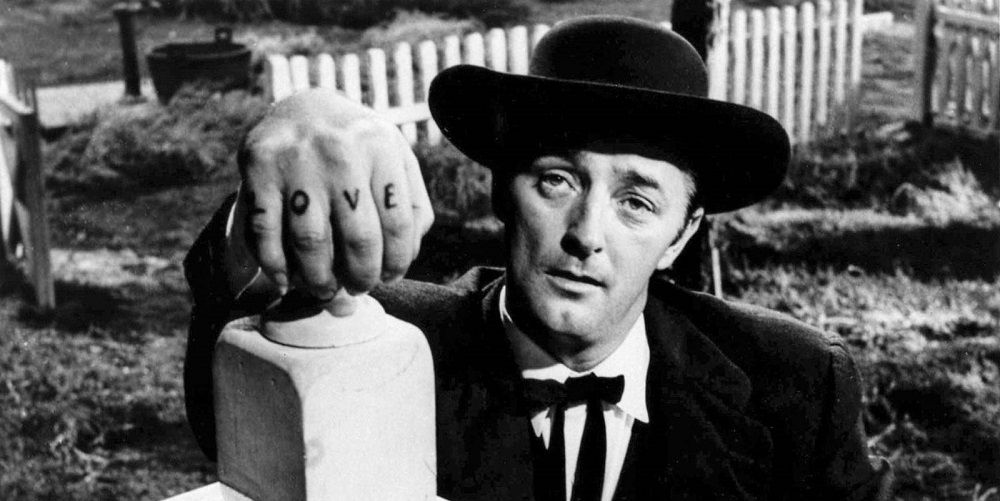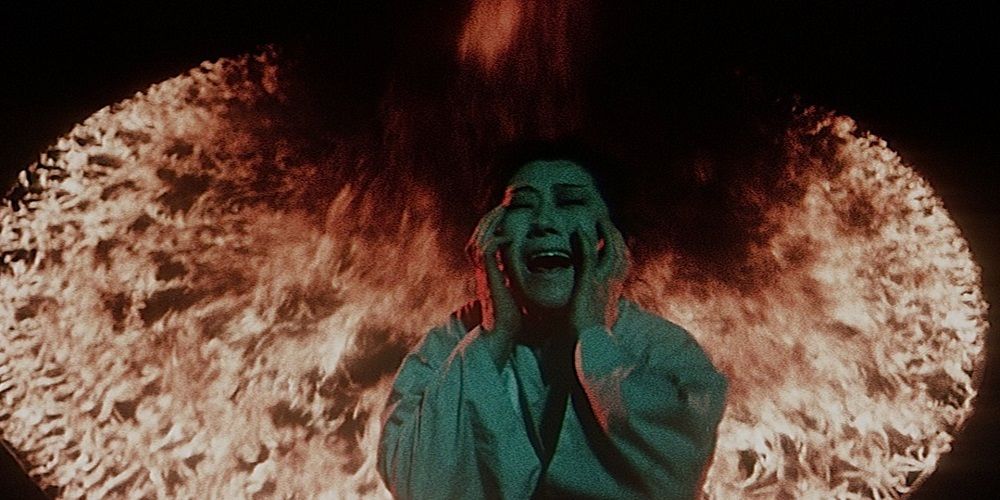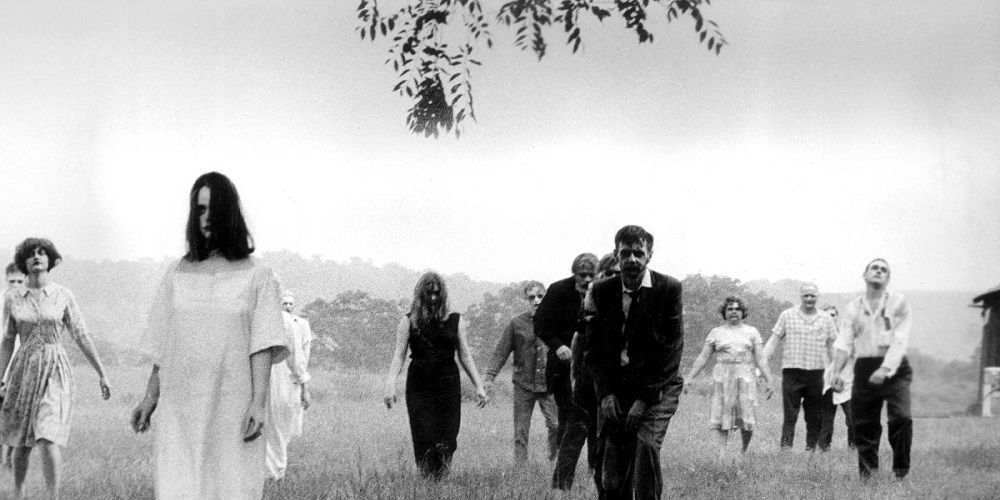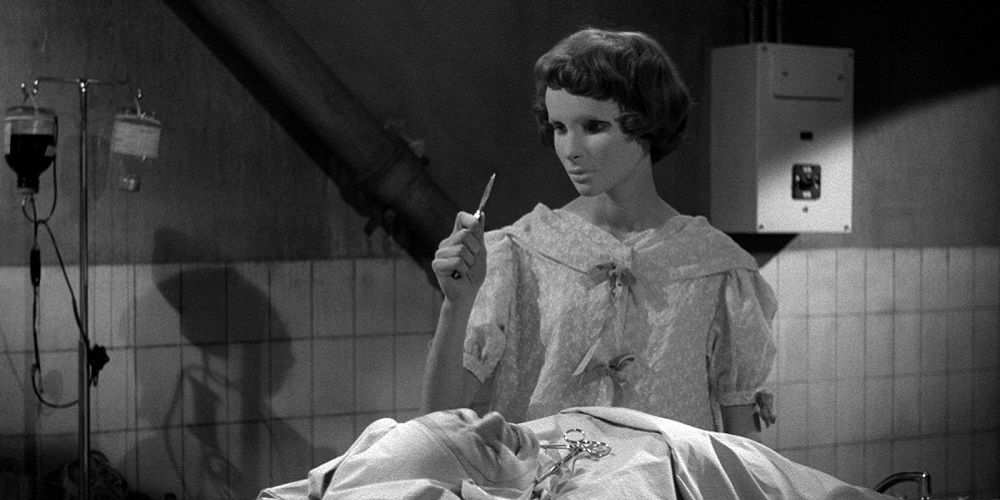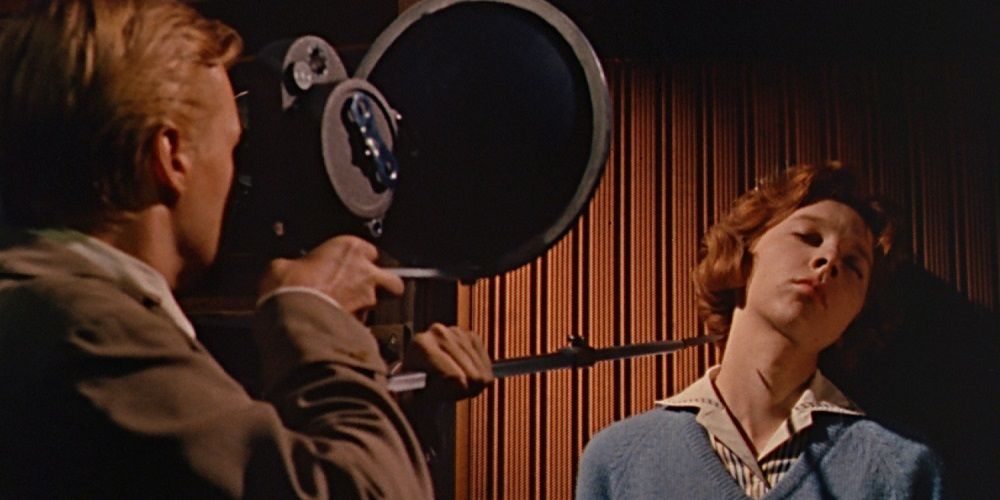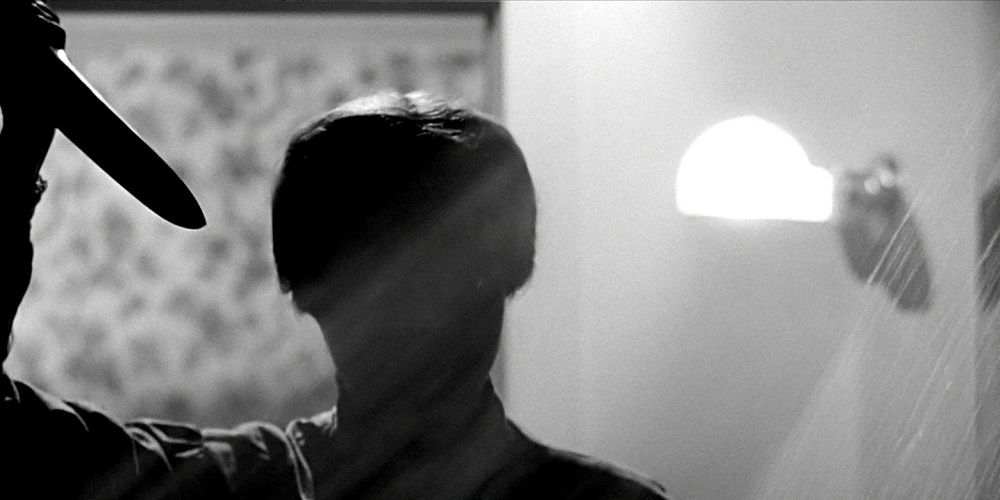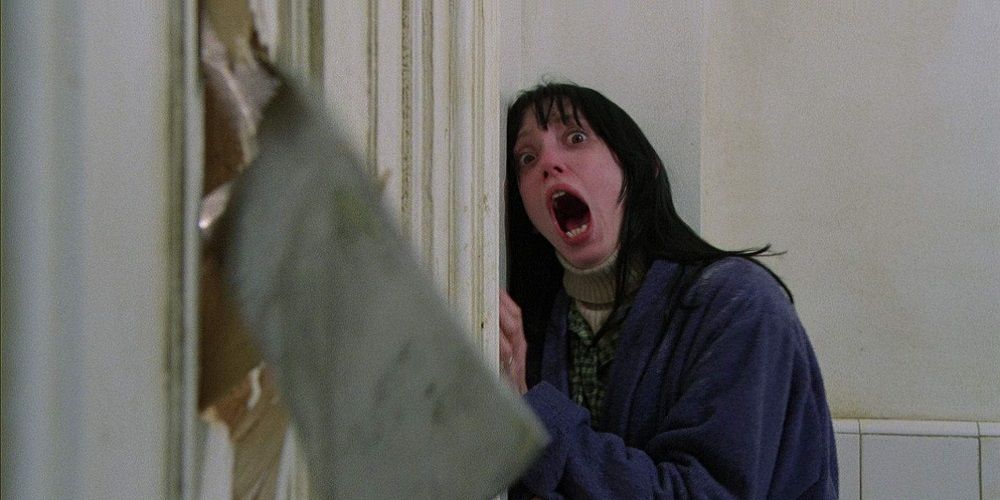The scariest movies in cinematic history tend to be the ones that were too shocking for the audience at the time of release. Whether the collective disturbance derives from a film's terrifying themes, upsetting tones, or graphic imagery, the horror genre has always been rife with movies that were far ahead of their time. Only in hindsight do they tend to get the recognition they deserve.
While many of the most celebrated horror classics proved to be ahead of their time, there are also several old, forgotten, and international horror movies that made a similar impact upon their release.
Freaks (1932)
Tod Browning's Freaks is not only a movie that still frightens audiences to this day, but it also happens to feature real-life circus performers at the time, a casting decision way ahead of its time.
Almost a century old, Freaks follows Cleopatra (Olga Baclanova), a trapeze performer attempting to bilk a fellow performer named Hans (Harry Earles) out of the money earns while working as a circus sideshow attraction. When Cleo drunkenly insults her coworkers, they viciously attack her to make her one of their own.
The Bride Of Frankenstein (1935)
In addition to boasting an early prominent female lead, James Whale's The Bride of Frankenstein is often hailed as the first real horror-comedy ever produced and one of the best horror sequels ever made. While well-received at the time, the film has grown in appreciation over the past 85 years.
The uproarious blend of humor and horror comes when Dr. Frankenstein (the hysterical Colin Clive) attempts to create a female companion for its bolt-necked monster (played by Boris Karloff). The film faced severe censorship over certain religious iconography, as well as on and offscreen fatalities.
Diabolique (1955)
Remade in America 40 years later, Henri-Georges Clouzot's Diabolique was so alarming at the time of release that drew mostly middling to negative reviews. In the years and decades since, it's been reconsidered as a genuine masterpiece.
The plot concerns a vengeful wife who plots to kill her philandering husband, doing so along with one of his mistresses. The scene in which the husband rises from a submerged position in a bathtub to reveal he's still alive rendered 1955 viewers downright apoplectic.
Night Of The Hunter (1955)
In the only film directed by Oscar-winning actor Charles Laughton, Night of the Hunter was a notorious box-office bomb when released in 1955. In retrospect, it's been hailed as an absolute masterstroke in terror and suspense.
Robert Mitchum plays Harry Powell, a radical religious man who learns from a fellow prisoner that $10,000 in stolen cash is buried somewhere on the man's property. With the words love and hate tattooed on his opposing knuckles, Harry terrorizes the man's wife and two young children as he searches for the money.
Jigoku (1960)
With an honorable mention in order for the 1964 Japanese dramatic horror movie Onibaba, Nobuo Nakagawa's hyper-gory and rainbow-tinted horror flick Jigoku inspired the visual style of Mario Bava, Dario Argento, and many others to come.
Jigoku (Japanese for "Hell") follows a band of sinning miscreants sent for punishment in a Buddhist representation of the underworld. Panned at the time, the film has become a cult-favorite among hardcore horror cinephiles for its trailblazing gore FX and candy-coated visuals.
Night Of The Living Dead (1968)
George A. Romero's definitive genre-making zombie outing Night of the Living Dead was ahead of its time for a few reasons. First of all, the film stars an African-American actor (Duane Jones) as the heroic leading man in the film, a rarity at the time.
Secondly, the thematic social commentary of the film came at the height of the Civil Rights movement in America, making the casting of Jones doubly important. The film all but created the genre template of undead flesh-starved ghouls reanimating from the grave with lethal intent.
Eyes Without A Face (1960)
Georges Franju's influential 1960 French horror flick Eyes Without a Face features intense graphic imagery that is still ultra-scary today, never mind at the time of its release. The story concerns a mad doctor who steals victims' faces to repair his daughter's visage severely altered during an accident.
One particular facial surgery scene appears so real that audiences at the time "dropped like flies," according to the Criterion Collection DVD booklet. The scene had to be censored for the 1962 American release.
Peeping Tom (1960)
Michael Powell's 1960 British horror film Peeping Tom predates the term "snuff film" by a decade, yet explores the idea in disturbing detail. The film follows Mark Lewis (Carl Bohm), a handsome photographer who kills women with a knife hidden in the leg of his camera tripod.
However, Tom doesn't kill to sate his bloodlust. He murders women so he can capture their fearful reactions on film in their last moments alive. The film fuses slasher and psychological horror tropes revisited two months later with the release of Hitchcock's Psycho.
Psycho (1960)
Along with Peeping Tom, Alfred Hitchcock's Psycho is considered the progenitor of the slasher horror subgenre. Both films were mired in controversy at the time of their release, but Psycho has separated itself as an untouchable horror classic.
Psycho also broke the mold for killing off its lead character, Marion Crane (Janet Leigh), halfway through the film, which was a major taboo at the time. Norman Bates also bucked convention as a serial killer, who donned women's clothes to resemble his dead mother, who serves as the catalyst for the film's heart-pounding twist finale.
The Shining (1980)
Believe it or not, The Shining was panned by the majority of people who saw it at the time of its release in 1980. But like Stanley Kubrick's entire oeuvre, the film proved to be way ahead of its time as a horrific psychological puzzle piece steeped in symbolism.
Following the release of the film, Stanley Kubrick earned a Razzie Award for Worst Director, while Shelly Duvall earned a Razzie for Worst Actress. Now, the film sits at #63 on IMDB's Top 250 and is unanimously praised as one of the all-time greatest horror movies ever made.


